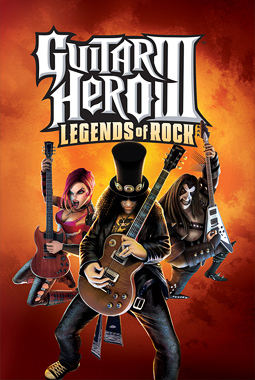"The futures bright, the futures.....Apple?"
This appears to be the case! Looking at modern technology in this present day, it seems that every second person owns an iPod, iPhone or iPad. I do believe that Apple have excellent products and create fast, efficient technology. However, I do not appreciate the need for some of the products that are being spoke of for creation.
Some examples:
- iRead - There is talk of creating an Apple book, in some ways like a kindle. This looks like a nice, neat product which would be fast and work in excellent ways. In my opinion, there is no need for this to be created. Kindles are very popular, and work great! Also, books can be read on iPods, iPhones and iPads in a similar way. If this did come about, you would not see me queuing to buy one.
 |
| iRead |
 |
| iDesk |
- iDesk - This looks extremely well organised and a great way to stay on top of tasks. I believe this would help a lot of teachers. On the other hand, a lot of pupils' work will be paper based and therefore will clog up the desk anyway. I would be interested in using one of these in order to aid organisation in the primary classroom but for now, I can organise myself!
 |
| iCal Watch |
- iCal watch - This is one piece of future technology I would like to see! I think this is a great idea and would aid teachers, setting reminders and tracking the pace of lessons. During my last school experience placement, there was one pupil who needed medication at particular times during the day. It was difficult for the pupil and the teacher to always remember about this and therefore a piece of technology such as the iCal watch would be useful in this situation. This would allow the teacher to get on with lessons and the pupil could wear the watch. Also, the teacher could wear the watch and set a reminder for the pupil.












